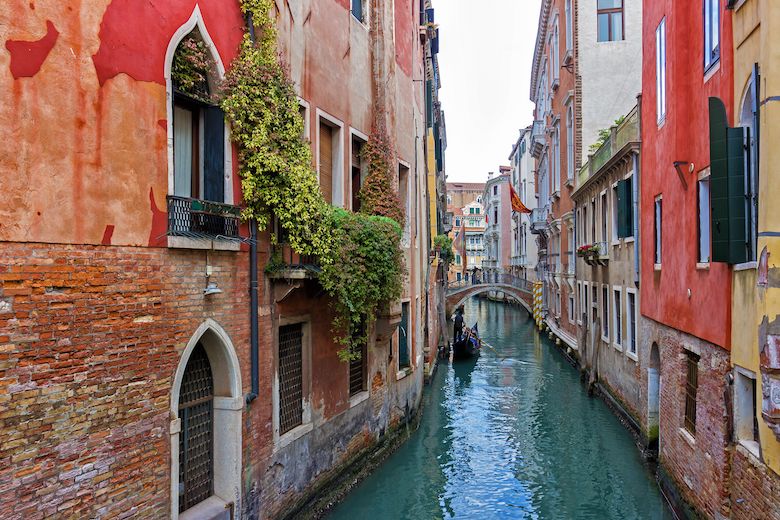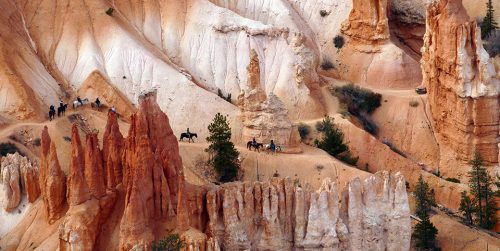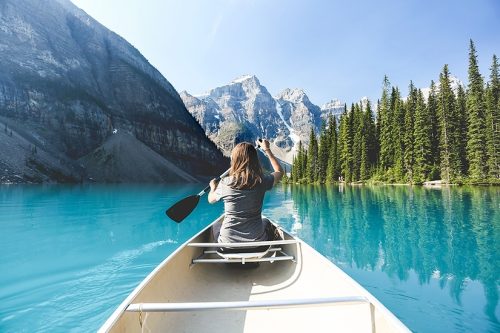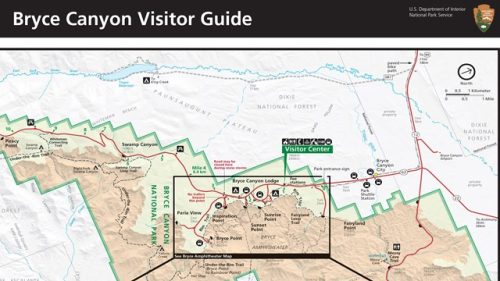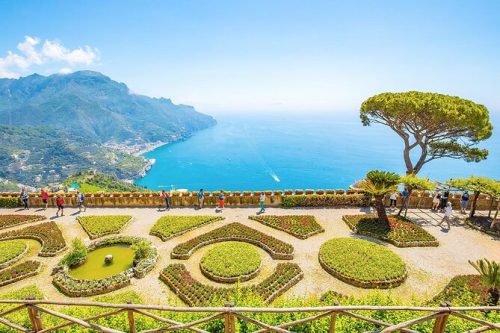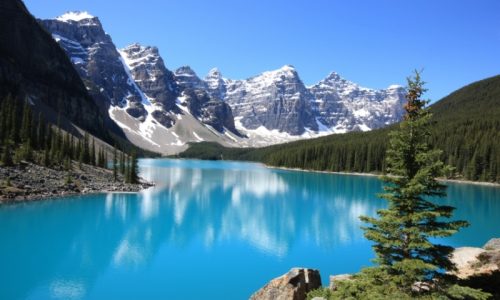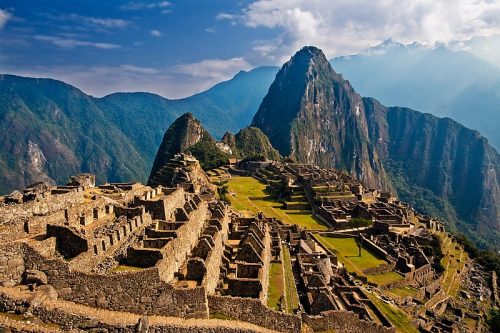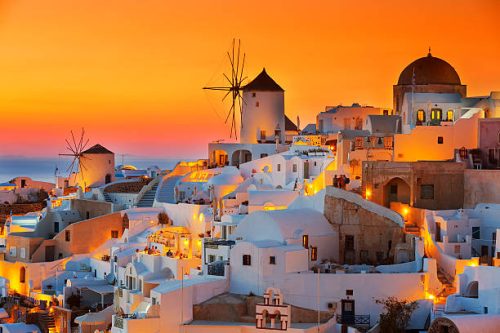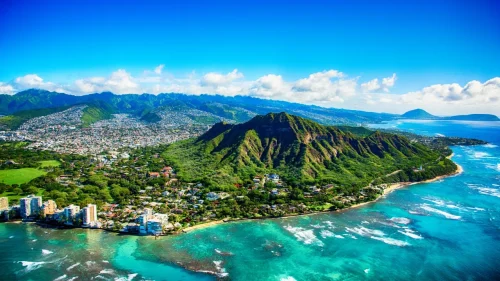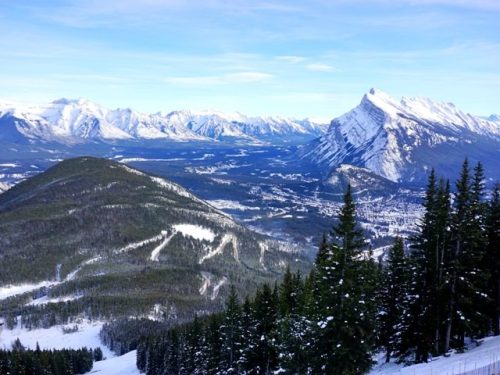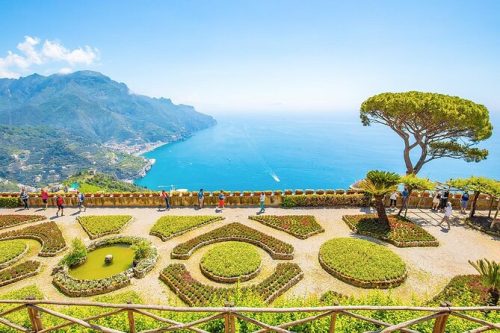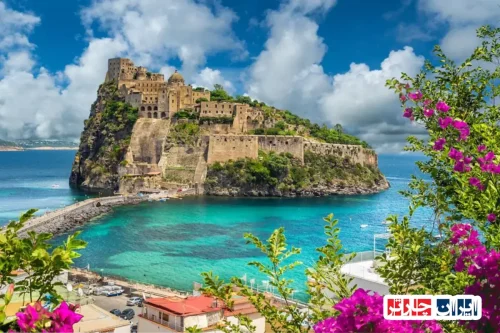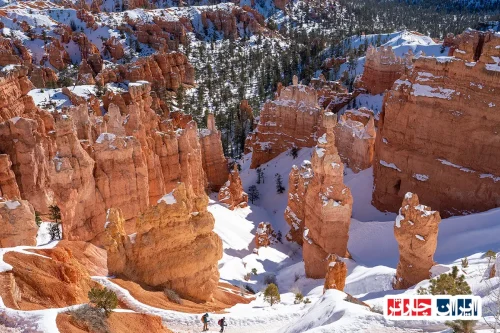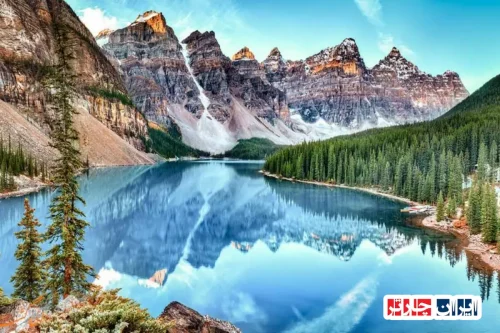Venice Canals: A Journey to the Heart of Italian Dreams
The canals of Venice, Italy are magical places reflecting the unique history and culture of this city. During your visit to Venice Canals, you can enjoy the beautiful architecture and serene waterways. Additionally, Venice Canals are perfect spots to spend time by the water and experience local culture. For more information and to plan your trip, visit Venice Canals.
Where is it?
The canals of Venice are located in the heart of Venice, the capital of the Veneto region in northeastern Italy. These canals form an extensive network of waterways, allowing movement across the city.
Built on numerous small islands, Venice relies heavily on its canals for both transportation and connectivity. These canals are famous not only for travel but also as a major tourist attraction.
Every year, millions of tourists from around the globe visit Venice to experience the beauty and uniqueness offered by its canals. With over 400 bridges and numerous historical buildings lining the waterways, Venice is a standout destination for culture and history enthusiasts.
The History of Venice Canals
The history of the canals in Venice dates back to the Middle Ages when Venice evolved into a major maritime and commercial power.
At the time, canal construction was developed to facilitate transportation and trade. The canals played a crucial role in Venice’s internal and external connections, turning the city into one of Europe’s economic and cultural centers.
Over the centuries, the canals became symbols of cultural and artistic significance, with many historic buildings and beautiful architecture built alongside them which are still admired today.
Architectural Features
The architecture around the canals of Venice is distinctive and diverse, showcasing a blend of various historical styles.
Historical buildings by the canals are often built with vivid and intricate architectural details, reflecting Byzantine, Gothic, and Baroque styles, each narrating a story from different periods in Venice’s history.
One iconic architectural highlight is the Rialto Bridge, one of the oldest bridges across the Grand Canal in Venice. With its classic design and beautiful paving, it remains a masterpiece attracting tourists.
Nearby Attractions
The canals of Venice provide tourists with a variety of nearby attractions. Topping the list is St. Mark’s Square, considered the heart of Venice.
This square, with its Basilica and twin bell towers, is one of the city’s most visited spots. Another nearby attraction is the Doge’s Palace, captivating visitors with its magnificent architecture and rich history, offering a glimpse into Venice’s past.
The Bridge of Sighs is also a notable site, attracting numerous visitors with its historical tales and scenic views.
Activities on Venice Canals
Venice’s canals offer numerous recreational opportunities. One of the most popular activities is taking a gondola ride, providing a romantic and relaxing experience amidst the calm waters of the canals.
Gondola rides are synonymous with Venice and are a must-do for visitors. Besides gondola rides, cycling alongside the canals offers a wonderful means to explore Venice.
Designated cycling paths enable viewing historic buildings and beautiful landscapes without the restriction of walking, suiting those who want to explore the city more actively and quickly.
The Best Time to Visit
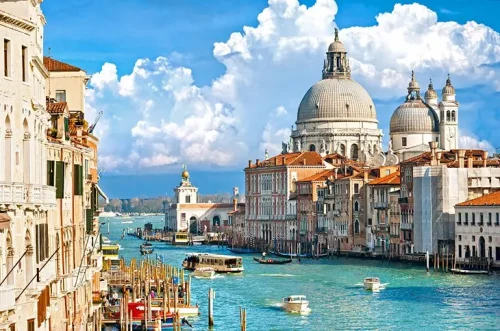
Timing your visit to Venice’s canals can greatly influence your experience. The best times to journey to Venice are spring and autumn, when the weather is pleasant and crowds are fewer.
During these seasons, the mild climate is ideal for walking and gondola rides. While summertime also provides a suitable visiting window, be prepared for warmer weather and larger tourist crowds.
During this time, water-based activities such as walking by the canals and gondola rides can still be enjoyable, but an early start is advisable to avoid peak crowds.
Local Experiences
Visiting the canals of Venice offers an excellent opportunity to acquaint yourself with local foods and culture. Traditional restaurants by the canals serve a range of local Venetian dishes like risotto, pasta, and seafood.
Dining on local cuisine near the water offers a genuine taste of Venice. Cafés, small and traditional places near the canals, provide ideal spots to experience the local culture.
These cafés serve more than just coffee; they also offer places to connect with locals and hear their stories of life in Venice.
Travel Tips
For visitors to Venice’s canals, here are a few tips to enhance your travel experience. The first tip is to use public transport like the Vaporetto (water shuttles) for convenient movement around the city.
Purchasing a Vaporetto pass for a few days can cut transportation costs and make your journey smoother. Planning ahead and identifying the sites you want to visit is also advised.
Although Venice is compact, it is full of attractions and cultural sites that take time to discover. Using digital maps or mobile apps can aid in navigation and travel planning.
Photos and Souvenirs
The canals of Venice, with their stunning views, offer perfect spots for photography to capture memorable moments.
From the beautiful bridges to the historic buildings by the water, every corner of Venice provides unique photography opportunities. The best times for taking pictures are sunrise and sunset, when natural lighting beautifully enhances your images.
In addition to photographing, purchasing local souvenirs is also part of the Venice experience. From Murano glass to traditional paintings, these souvenirs make special mementos from your trip to the Venice islands.
Impact of Climate Change
Climate change has significantly impacted the canals of Venice.
Rising water levels and frequent flooding (Acqua Alta) represent major challenges for this historic city. Repeated floods damage historical buildings and urban infrastructure, highlighting the urgent need for protective measures.
Beyond the floods, changes in temperature and irregular rainfall also affect the canal environment and aquatic life. Changes in the Venetian lagoon ecosystem could lead to decreased biodiversity and threaten local wildlife and plant species.
Festivals and Events
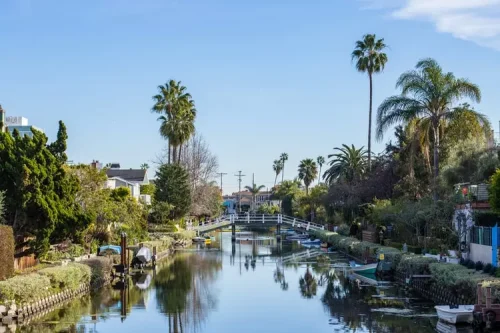
Venice hosts various festivals and cultural events throughout the year, attracting tourists with their unique charm.
One of the most famous events is the Venice Carnival, known for its exquisite masks and costumes, bringing an epic and lively atmosphere to the city.
This festival’s rich history draws artists and tourists worldwide. The Venice Film Festival is another significant global cinematic event held annually.
Sustainable Tourism Experience
Sustainable tourism in Venice plays a crucial role in preserving and maintaining the canals and the city’s environment.
With rising tourist numbers, the need for responsible management and preservation of natural and cultural resources becomes paramount. Choosing methods like public transport, supporting local businesses, and reducing the use of single-use plastics can help preserve the environment and sustain tourism.
Most tourists can actively participate in preserving Venice’s beauty by respecting local culture and adhering to local rules. Visiting lesser-known spots, supporting local artists and craftsmen, and utilizing local services can reduce pressure on tourist hotspots, offering a genuine and sustainable experience for all.
Frequently Asked Questions
- Where are the Venice canals located?
- The canals of Venice are located in the center of Venice, Italy, and are recognized as a crucial part of the city’s transportation infrastructure.
- What is the history of the Venice canals?
- The Venice canals have been pivotal for transportation and trade for centuries, constructed to utilize water routes for movement. Over time, these canals have become symbolic of Venice, playing a significant role in maintaining the city’s identity and allure.
- What are the architectural features around the Venice canals?
- Architecture around the Venice canals showcases a mix of Gothic, Byzantine, and Renaissance styles, enhancing the city’s beauty. Colorful buildings and beautiful bridges alongside the canals create a breathtaking view. Notable architectural features include grand palaces, historic churches, and classical bridges.
- What are the closest attractions to the Venice canals?
- Nearby attractions include St. Mark’s Square, the Rialto Bridge, and the Doge’s Palace, which are popular due to their beauty and historical significance. Moreover, the area has several museums and art galleries worth visiting.
- What activities can be done in the Venice canals?
- Visitors can enjoy gondola rides, explore the city via vaporetto, and cycle or walk alongside the canals’ beautiful waters. Additionally, tasting local dishes at cafes and restaurants by the canals is a delightful experience.
- When is the best time to visit the Venice canals?
- Spring and autumn offer the best conditions for visiting Venice, with milder weather and fewer crowds compared to the hot summer and cold winter months.
- What local experiences can be had around the Venice canals?
- Around the canals, visitors can savor local foods like fresh pasta from small restaurants, enjoy gelato at places like Suso, and immerse themselves in the rich Venetian culture. Also, exploring local crafts and art in nearby markets is recommended.
- What tips are there for visiting the Venice canals?
- It’s recommended to use public transport like vaporetto, consider gondola costs, explore less touristy areas, and book restaurant spots in advance. Venice is tourist-heavy, so planning ahead and timing visits wisely can enhance the experience.
- Where are the best photography spots and local souvenirs in the Venice canals?
- Famous bridges like the Rialto and the Bridge of Sighs, and areas around St. Mark’s Square offer excellent photo opportunities. The Libreria Acqua Alta bookstore and local markets provide captivating souvenirs. Popular Venice souvenirs include carnival masks, jewelry, and Murano glass.
- How does climate change impact the Venice canals?
- Climate change has led to rising water levels and structural instability in the canals, affecting their environmental and aesthetic integrity. This is a vital issue for Venice, requiring attention and protective actions.
- What festivals and cultural events occur around the Venice canals?
- Venice hosts numerous festivals like the Venice Film Festival, the Carnival of Venice, and various art and music events held around the canals, making for unforgettable tourist experiences.
- How can one experience sustainable tourism in the Venice canals?
- Opting for public transport like vaporetto, supporting local businesses, reducing plastic usage, and respecting the environment and local culture can help experience sustainable tourism. Mindful water use and waste reduction also aid in preserving Venice’s environment.
- How can one move easily across the Venice canals?
- Using vaporetto lines across Venice’s canals offers easy and affordable city transport. Walking and cycling are also good options, along with small boats and motorboats for canal travel.
- What are the best restaurants for trying local cuisine in Venice?
- Restaurants like TUTTINPIEDI for affordable fresh pasta and Suso for the best gelato in Venice are well-known. Additionally, local canal-side restaurants offer the taste of traditional Venetian cuisine.
- What obstacles might one face when visiting Venice canals, and how to overcome them?
- Challenges like getting lost, high costs, and tourist crowds can be managed by using digital maps, planning ahead, and choosing less crowded times. Local tour guides can provide additional insight and city advice.
- Is it possible to rent a gondola for canal tours in Venice?
- Yes, gondolas can be rented for a romantic canal tour. Gondola rides are a fascinating and unique experience in Venice, though they can be costly.
- Where is the best place to buy souvenirs in Venice?
- Traditional markets around canals and St. Mark’s Square offer great places for buying local souvenirs. Stores along the canals and in tourist areas also sell souvenirs.
- How can one travel from Venice to other Italian cities?
- Buses, trains, or boats can be used to travel to other Italian cities from Venice. Cities like Florence, Rome, and Milan are easily accessible. Air travel is also an option for reaching other Italian cities.
- What other attractions are there in Venice besides the canals?
- Venice is filled with attractions like the Murano Museum showcasing significant art, the Doge’s Palace Museum highlighting the history and art of Venice, and Venice’s grand palaces.

